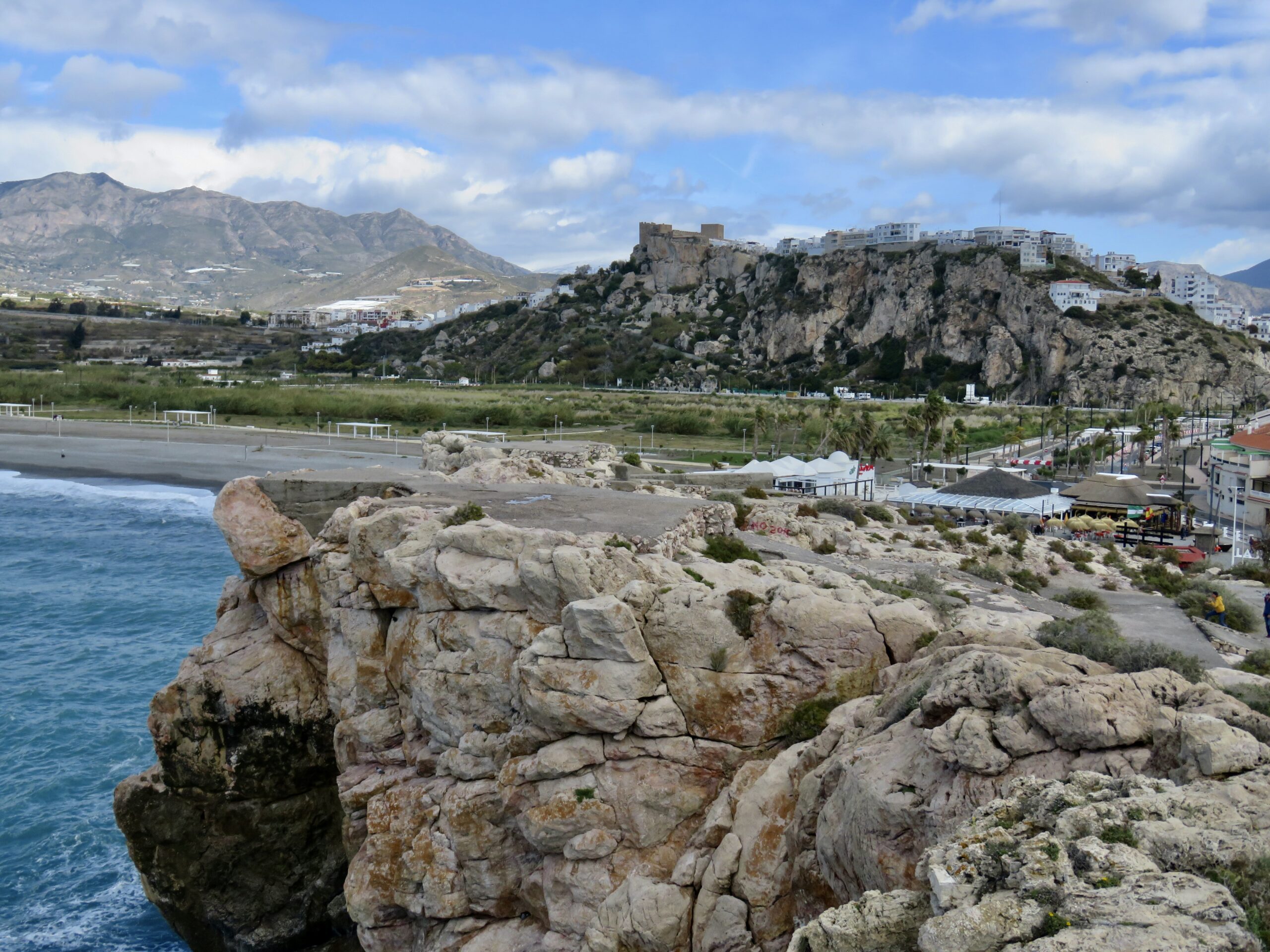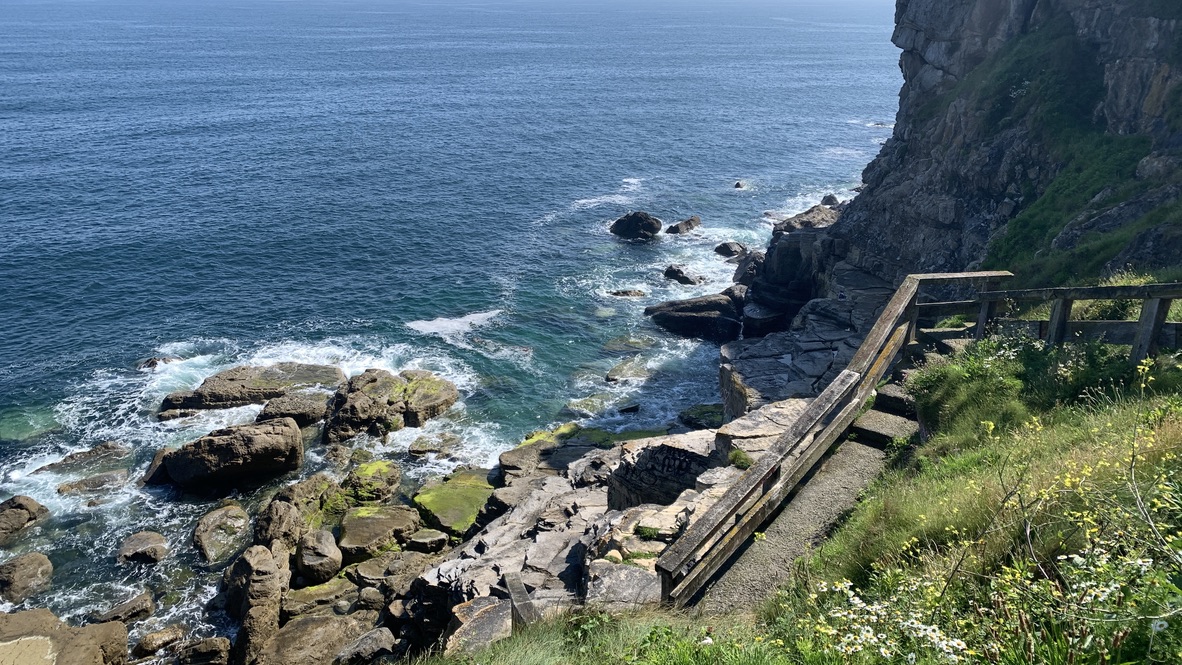The Costa del Sol enchants visitors with its stunning landscapes, rich cultural heritage, and delicious cuisine. Whether you’re exploring historic towns, enjoying the vibrant nightlife, or relaxing on beautiful beaches, the Costa del Sol offers a memorable and enriching travel experience.
Getting There and Around
The Costa del Sol, located in the southern region of Spain along the Mediterranean coast, is renowned for its sunny climate, beautiful beaches, and vibrant cultural scene. The main gateway to the Costa del Sol is Málaga-Costa del Sol Airport, which offers numerous domestic and international flights. The region is well-connected by train and bus services, with major routes passing through cities like Málaga, Marbella, and Torremolinos. Renting a car is a convenient option for exploring the area, particularly for visiting smaller towns and coastal villages. Public transportation within cities includes buses and taxis, and many areas are pedestrian-friendly.
Top Attractions
- Málaga: The capital of the Costa del Sol, Málaga boasts a rich history, vibrant culture, and beautiful beaches. Key attractions include the Alcazaba fortress, the Picasso Museum, the Málaga Cathedral, and the lively port area.
- Marbella: Known for its luxurious resorts, upscale boutiques, and lively nightlife, Marbella is a popular destination for the rich and famous. The charming old town, Plaza de los Naranjos, and the Golden Mile are must-sees.
- Nerja: This picturesque town is famous for its stunning beaches and the Nerja Caves, which feature impressive stalactites and stalagmites. The Balcón de Europa offers breathtaking views of the coastline.
- Benalmádena: A family-friendly destination with attractions such as the Tivoli World amusement park, Selwo Marina, and the Benalmádena Cable Car. The town also has a charming old village and a vibrant marina.
- Ronda: Known for its dramatic cliffs and historic sites, Ronda is a must-visit. Highlights include the Puente Nuevo bridge, the Plaza de Toros (one of the oldest bullrings in Spain), and the Mondragón Palace.
- Fuengirola: A popular beach destination with a long promenade, beautiful beaches, and attractions like the Sohail Castle and Bioparc Fuengirola, a modern zoo with naturalistic enclosures.
Culture and Cuisine
The Costa del Sol’s cultural heritage is a blend of Moorish, Roman, and Andalusian influences. The region is known for its vibrant festivals, such as the Málaga Fair, Semana Santa (Holy Week) processions, and numerous local fiestas celebrating various saints and traditions.
Costa del Sol cuisine is characterized by its fresh seafood, local produce, and traditional Andalusian recipes. Must-try dishes include pescaíto frito (fried fish), gambas al pil-pil (garlic shrimp), gazpacho (cold tomato soup), and ajoblanco (cold almond soup). The region is also famous for its tapas culture, offering a variety of small dishes to enjoy with drinks. Don’t miss trying churros con chocolate (fried dough with hot chocolate) for breakfast or dessert.
Shopping
For shopping enthusiasts, the Costa del Sol offers a mix of local boutiques, upscale shops, and artisan markets. Málaga’s historic center and the Muelle Uno shopping complex are great for finding unique souvenirs, fashion, and local crafts. Marbella’s Puerto Banús is known for its luxury brands and designer stores. Local markets, such as the Atarazanas Market in Málaga and the Sunday market in Fuengirola, are perfect for buying fresh produce, local delicacies, and handcrafted goods.
Day Trips
The Costa del Sol’s diverse landscape and rich history make it ideal for day trips:
- Caminito del Rey: A spectacular walkway through a gorge in El Chorro, offering breathtaking views and an exhilarating experience for hikers and adventure seekers.
- Mijas Pueblo: A charming whitewashed village set in the hills above the coast, known for its narrow streets, beautiful views, and traditional Andalusian charm.
- Antequera: Known for its historic sites, including the Dolmens of Antequera (a UNESCO World Heritage site), the Alcazaba fortress, and the beautiful El Torcal natural park with its unique limestone formations.
Practical Tips
- Best Time to Visit: Spring (April to June) and Fall (September to November) offer mild weather and fewer tourists. Summers are hot and ideal for beach activities, while winters are mild but less crowded.
- Language: Spanish is the official language. While English is widely spoken in tourist areas, learning some basic Spanish phrases can enhance your experience and interactions with locals.
- Safety: The Costa del Sol is generally safe, but as with any tourist destination, be mindful of your belongings in crowded areas and tourist sites to avoid pickpocketing.





